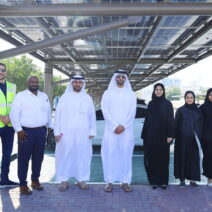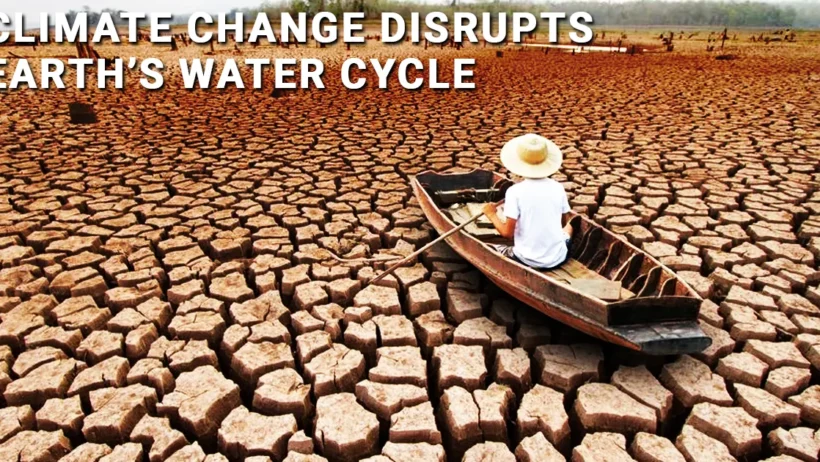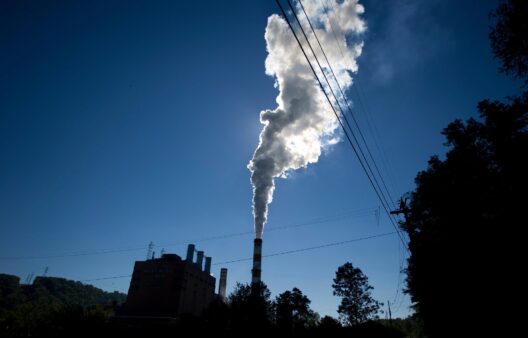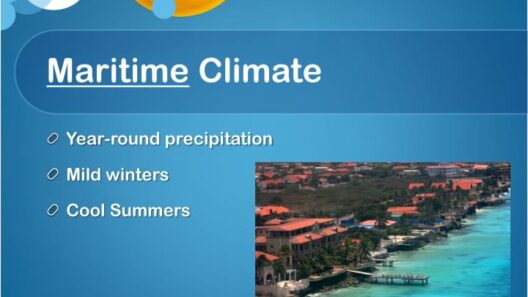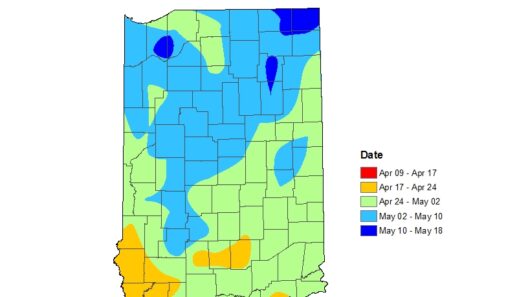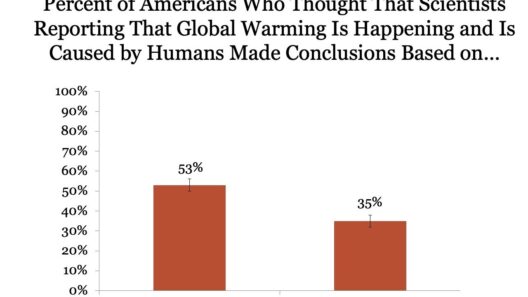Climate change is often framed as a distant threat, a vague concept that promises environmental upheaval in the future. However, its tangible impacts are manifesting in our current environment, particularly in how it disrupts the Earth’s water cycle. Imagine a game of dominoes; once the first piece tips over, it triggers a succession of reactions, resulting in widespread ramifications. This metaphor perfectly encapsulates the concept of the ripple effect of climate change on our hydrological systems.
The foundational processes of the water cycle—evaporation, condensation, precipitation, infiltration, and runoff—are now being altered in unprecedented ways. These changes have myriad effects on regional climates, ecosystems, and even human societies. One might ask, “What would happen if our everyday access to clean water was compromised?” This question elucidates a potential challenge that lies ahead, as the changing climate pushes the water cycle to its limits.
First, the increase in global temperatures is accelerating the rates of evaporation across oceans, lakes, and rivers. Warmer air can hold more moisture, leading to more intense weather events. This phenomenon has precipitated a cascade of consequences. For instance, regions that traditionally experienced mild precipitation patterns are now encountering heavy rainfall and floods, while other areas suffer from prolonged droughts. The juxtaposition of too much and too little water creates instability in local ecosystems, disrupting wildlife habitats and altering the dynamics of flora and fauna.
Rainfall itself is becoming increasingly erratic. Patterns that were once predictable are now subject to volatility, making it difficult for agriculture to adapt seamlessly. Farmers rely on specific seasonal rainfall to sustain crop production; however, with shifting weather dynamics, crop yields may dwindle or become entirely unviable. The irony lies in the fact that while some areas receive excessive rainfall leading to flooding, others grapple with drought conditions, leaving farmers and communities in a precarious state. This duality exemplifies the complexity introduced by climate change, as it not only endangers food security but also exacerbates socio-economic disparities.
Moreover, the infiltration of rainwater into the ground is impeded by this inconsistent precipitation. Drought conditions lead to hardened soil, making it challenging for water to permeate and replenish groundwater supplies. Conversely, when heavy rains occur, the rapid runoff washes away topsoil and pollutants, further contaminating our water sources. The integrity of our aquifers, essential for providing potable water, is jeopardized. In essence, the quality and availability of freshwater resources are intricately tied to a transformed water cycle.
Another significant consequence of climate change affecting the water cycle is the exacerbation of existing pollution problems. With heavier rainfall causing increased runoff into rivers and lakes, pollutants from agricultural lands, urban areas, and industrial sites are swept into our precious water bodies. Consequentially, these water sources become contaminated, which not only affects aquatic life but also poses health risks to human populations relying on them for drinking water. This question resonates deeply: “What if the rivers we once considered pristine turned into conduits of pollution?” The challenge of ensuring clean water access in the face of climate change is monumental and requires immediate attention.
Climate change also impacts snow and ice, which are critical components of the global water cycle. Glaciers and snowpacks serve as natural reservoirs, slowly releasing water as temperatures rise in spring and summer. However, with rising global temperatures, these reservoirs are diminishing rapidly, prompting concerns about future water availability. As glaciers retreat and snow melts occur earlier in the season, regions that depend on these water sources for agriculture and domestic use will face heightened uncertainty. The burgeoning crises of water scarcity in many parts of the world are further exacerbated by this newly emerging reality.
In the face of these ongoing challenges, it’s imperative to consider strategies that address the disruptions to the water cycle. Mitigation efforts, like reducing greenhouse gas emissions, can alleviate some of the pressures associated with climate change. Simultaneously, adaptation measures, such as implementing rainwater harvesting systems, restoring natural wetlands, and enhancing water conservation techniques, can bolster local communities against the vagaries of weather extremes. Resilient approaches to both infrastructure and natural resource management will be vital for sustainable practices moving forward.
Another significant aspect to contemplate is the intersection of water rights and social equity. As the water cycle becomes increasingly disrupted, marginalized communities often bear the brunt of these changes. Ensuring equitable access to water resources will become a pressing human rights issue, demanding holistic policy frameworks. Stakeholders at local, national, and international levels must prioritize inclusive decision-making processes, ensuring that those most affected have a voice when it comes to the management of water resources in a changing climate.
The complexities stemming from climate change’s impact on the water cycle illustrate a fragile ecosystem. As we probe deeper into these issues, it becomes clear that immediate action is necessary. The question remains: “How prepared are we to face the storm—both literally and figuratively—that climate change is currently unleashing on our water resources?” The ripple effect created by the disruption in the water cycle lays the groundwork for a future that depends on proactive measures and transformative change to safeguard our water for generations to come.
